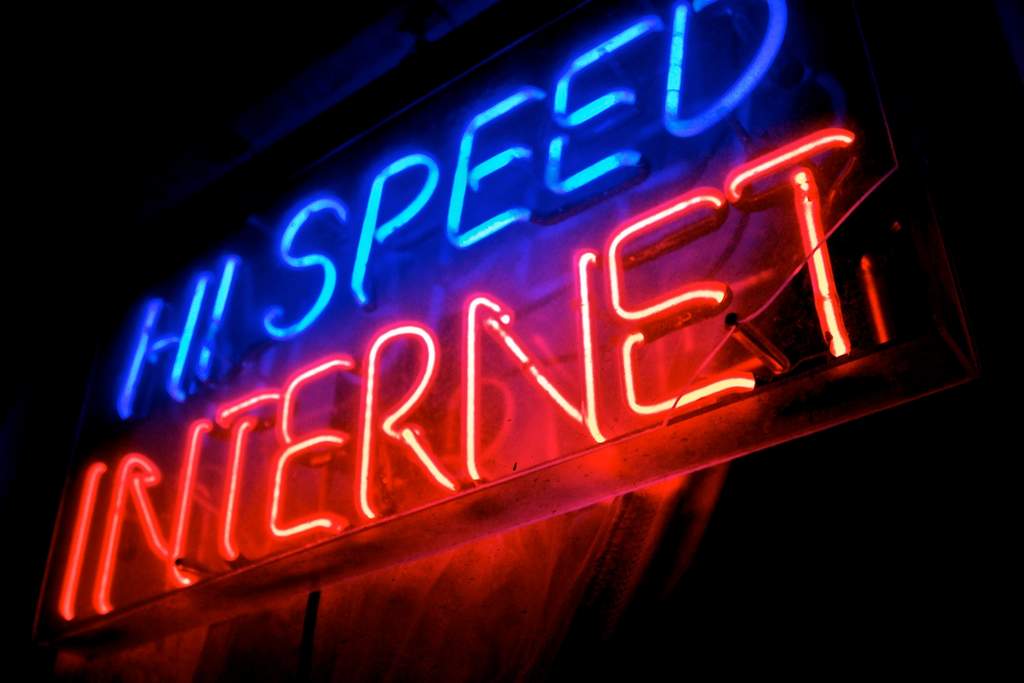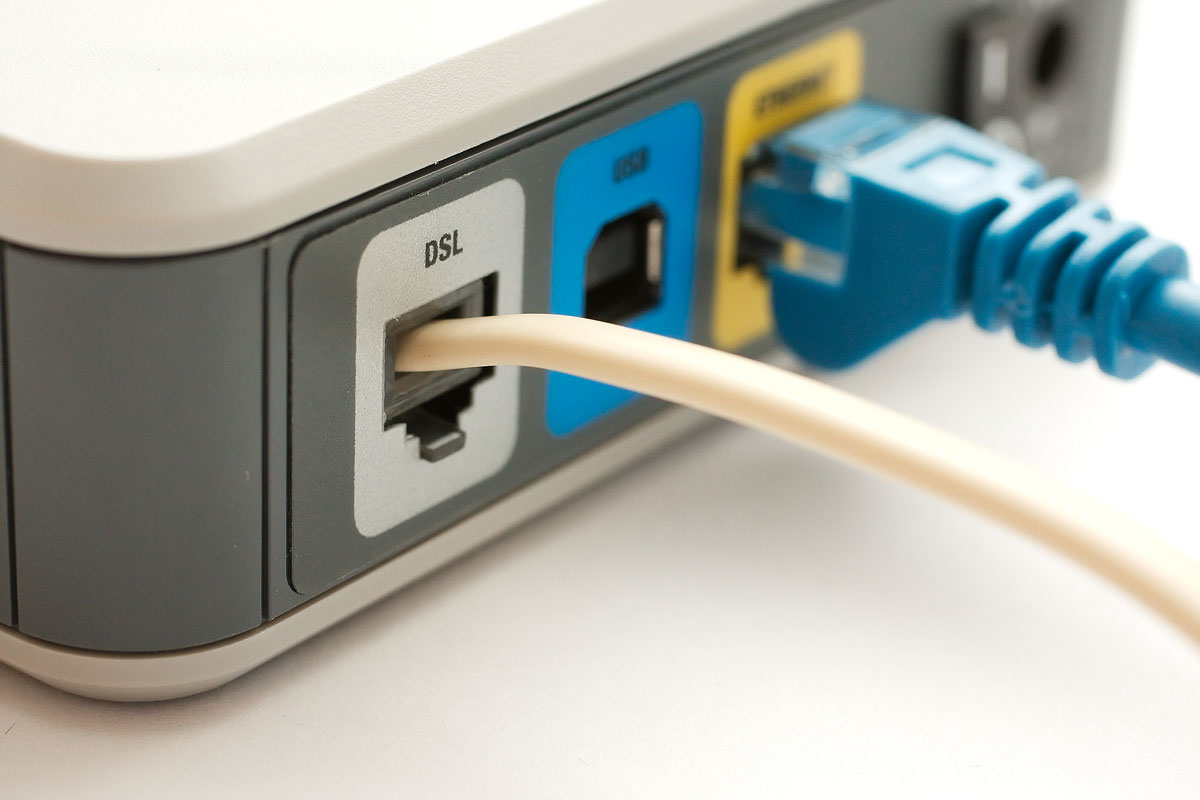Is DSL internet obsolete?
Not quite. Although cable and fiber dominate urban areas, DSL remains vital in places where laying new lines isn’t economically feasible. Providers like Frontier and AT&T still maintain DSL footprints.
Internet speed can be confusing. Whether you're new to the internet or even a long time user,you may be wondering,What internet speed is right for you?
21 January, 2025 | Posted by:
Category: Internet, Service Providers, Streaming, Technology | No Comments

Internet speed is measured in Mbps (megabits per second), indicating how fast data is downloaded or uploaded. For example, downloading a 1GB movie takes about 10 seconds at 1 Gbps but could take over 14 minutes at 10 Mbps.
| Activity | Recommended Speed | Notes |
|---|---|---|
| Browsing/Email | 1-5 Mbps | Light usage, single device |
| HD Streaming | 5-10 Mbps | Per device |
| 4K Streaming | 25 Mbps or higher | Stable speeds required |
| Online Gaming | 10-25 Mbps | Low latency important |
| Video Conferencing | 3-10 Mbps | Per user |
| Internet Type | Max Speed | Best For |
|---|---|---|
| DSL | 100 Mbps | General browsing, streaming |
| Cable | 1 Gbps | Families, moderate gaming |
| Fiber | 10 Gbps+ | Remote work, telemedicine |
| Satellite | 150 Mbps | Rural areas |
Test your internet speed using tools like Speedtest.net. Compare the results with your plan to ensure you’re getting what you pay for.
Ready to upgrade? Explore Internet Plans tailored to your speed requirements today!
Global access to high-speed internet continues to grow exponentially. As more of the world's population logs on, it makes us wonder: What is the future of high-speed internet?
21 January, 2025 | Posted by:
Category: Internet, Service Providers, Technology | No Comments

High-speed internet has transformed the way we live, work, and connect. From enabling seamless video calls to powering global e-commerce, the impact of high-speed connectivity is undeniable. Key milestones, like the rollout of fiber optics and 5G networks, have set new standards for speed and reliability.
High-speed internet is revolutionizing industries:
While high-speed internet has brought immense benefits, challenges remain:
From dial-up to gigabit speeds, explore the journey of internet advancements:
| Technology | Max Speed | Latency | Best For |
|---|---|---|---|
| DSL | 100 Mbps | Moderate | General browsing, streaming |
| Cable | 1 Gbps | Moderate | Families, gaming |
| Fiber | 10 Gbps+ | Low | Remote work, telemedicine |
| Satellite | 150 Mbps | High | Rural areas |
Discover the best plans tailored to your needs. Find High-Speed Internet Plans in your area today!
Learn how DSL internet works, its advantages and drawbacks, and why it might be the right fit for your home. Compare DSL providers like Frontier or AT&T, plus discover faster alternatives with KonectEaze.
27 January, 2025 | Posted by:
Category: Apps, Business Internet, Cable, Gaming, Deals & Packages, News, Reviews, Internet, Service Providers, Streaming, Technology, This & That, Tips, TV | No Comments

DSL (Digital Subscriber Line) internet might not be the fastest service around, but it remains a practical option for millions of Americans, especially in rural or suburban markets where cable or fiber isn’t widely available. This guide breaks down how DSL works, what speeds to expect, and how it stacks up against other broadband types. We’ll also highlight Frontier and AT&T DSL for those seeking **reliable** and **budget-friendly** internet.
DSL uses telephone lines (copper-based) to transmit internet data without interfering with phone calls. The signal travels from a local exchange to a DSL modem in your home, enabling broadband speeds typically faster than dial-up but often slower than cable or fiber.
| DSL Tier | Download Speeds | Upload Speeds |
|---|---|---|
| Basic DSL | Up to 5–10 Mbps | 1 Mbps or lower |
| Enhanced DSL | 20–50 Mbps | Up to 5 Mbps |
| VDSL (Advanced) | 50–100+ Mbps | Up to 10–20 Mbps |
**Note**: Actual speeds vary by location and the provider’s infrastructure. Rural DSL lines can be slower if you’re far from a node. However, if you only need moderate browsing, streaming in HD, or light remote work, DSL can suffice—especially if cable/fiber is unavailable.
Two major names still offering DSL in certain areas are Frontier and AT&T.
If DSL doesn’t meet your speed needs, consider bundling or upgrading to CenturyLink’s or Spectrum’s cable/fiber if available in your area.
For users requiring higher speeds or multiple 4K streams, alternative broadband types might fit better:
Unsure what’s in your ZIP code? Check with KonectEaze for real-time availability and plan comparisons.
Not quite. Although cable and fiber dominate urban areas, DSL remains vital in places where laying new lines isn’t economically feasible. Providers like Frontier and AT&T still maintain DSL footprints.
DSL typically provides a dedicated line from your phone jack to the network. Unlike cable, speeds don’t usually drop due to neighborhood traffic—but can decline with line distance or aging infrastructure.
Consider upgrading to cable or fiber if offered in your area. Spectrum or Cox could deliver higher speeds for streaming or gaming.
DSL might not break speed records, but it remains an accessible, cost-effective option—particularly for rural or suburban users who only need moderate performance. Whether you choose DSL from Frontier or AT&T or decide to explore cable/fiber alternatives, knowing your usage patterns is key to making an informed choice.
Ready to see what’s available? Search your ZIP code with KonectEaze for real-time data on DSL, cable, fiber, and fixed wireless providers in your location.